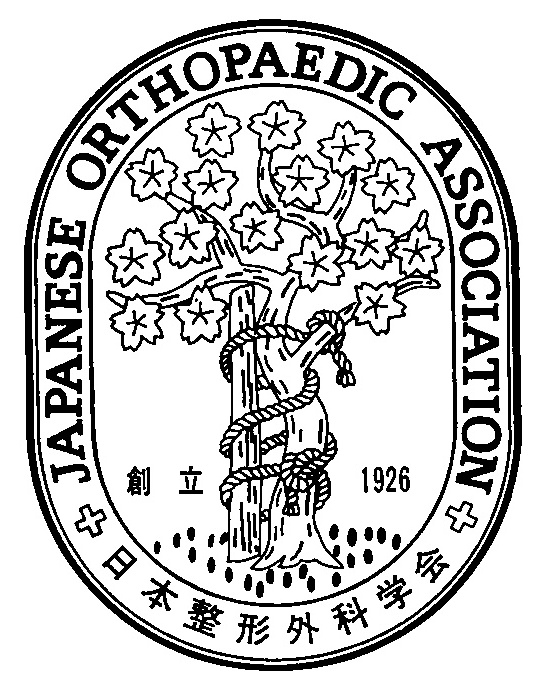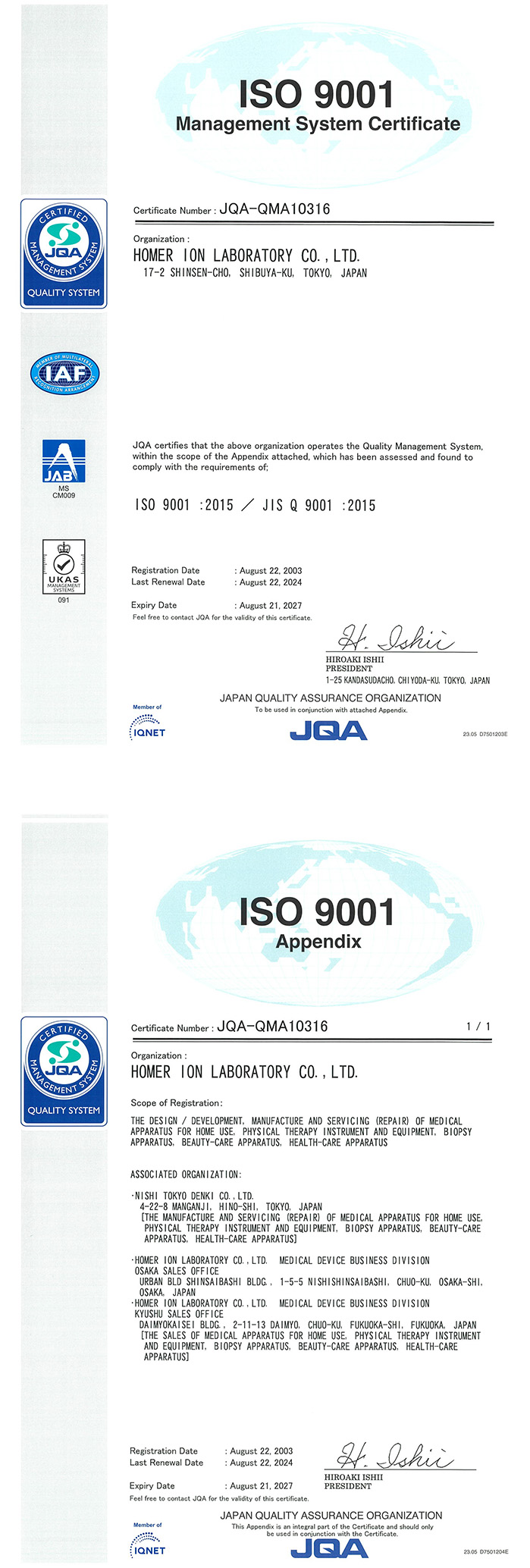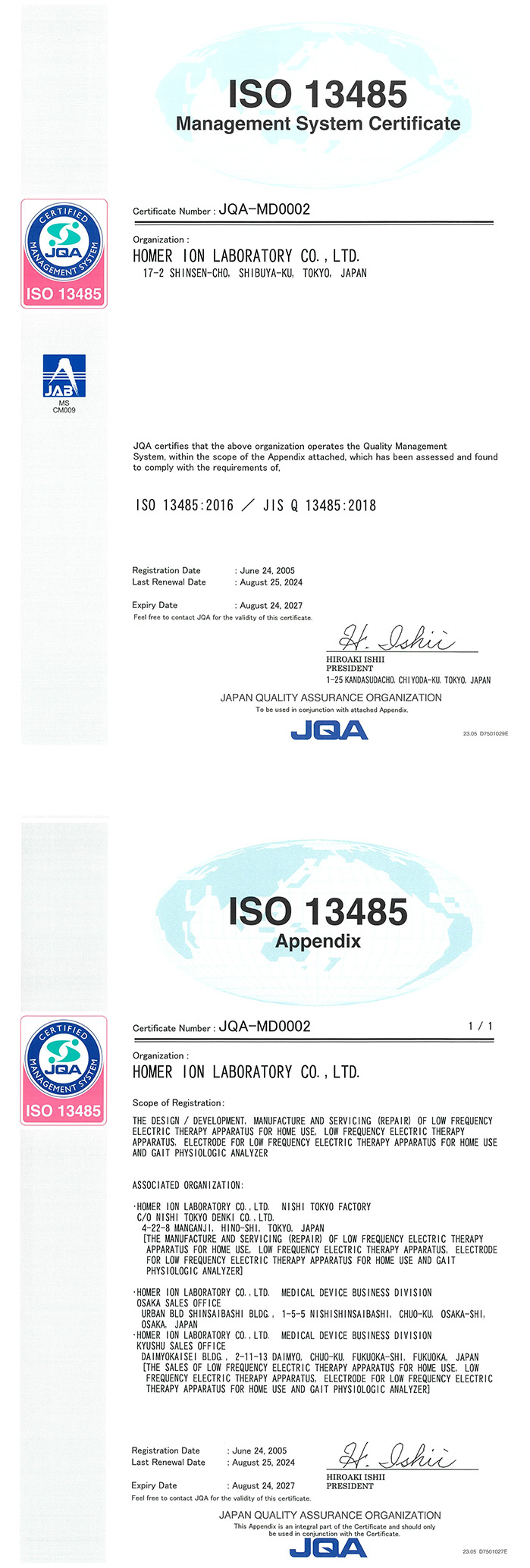

The term “Rehabilitation” is derived from the Latin words re (meaning “again” or “to restore”) and habilis (meaning “suitable” or “fit”). While rehabilitation certainly involves the recovery of physical function through therapeutic training, its true essence lies in enabling individuals to live as human beings and live true to themselves. Rehabilitation is carried out with this broader goal in mind.
Now, let us take a look at the history of rehabilitation.

1. Ancient Rehabilitation: The Beginnings of Recovery
The history of rehabilitation dates back to ancient times. In ancient Egypt, physical therapy* was already being practiced to support the recovery of injured soldiers and patients suffering from various illnesses.*Physical therapy: A treatment method that utilizes physical energies such as “heat,” “cold,” and “electrical stimulation” to alleviate symptoms and promote pain relief.What exactly did physical therapy look like in those times? Surprisingly, even in ancient Egypt—long before electricity was fully understood—electric fish like the electric ray were used to apply electrical stimulation as a form of therapy.In ancient Greece, exercise therapy was introduced, marking the first known connection between physical movement and rehabilitation.
2. The Middle Ages: Rehabilitation in Monasteries
The term “rehabilitation” originated in medieval Europe. One of the key figures who brought about this concept was Joan of Arc, the French heroine. Although she was executed by burning at the stake in 1431, in 1456 the Pope declared her innocent. The act of restoring Joan of Arc’s honor—“to make suitable again” or “to restore worthiness”—came to be known as rehabilitation. During the Middle Ages, monasteries served as the centers of both medical care and rehabilitation. Monks were responsible for caring for the sick and injured, aiding their recovery, and helping them reintegrate into society. It is said that the foundations of modern rehabilitation were laid during this period.
3. The 18th Century: Development in France
In the 18th century, the concept of rehabilitation evolved significantly. It became especially prominent in France, where rehabilitation programs centered around exercise therapy were introduced. This marked the beginning of a scientific approach to rehabilitation. Additionally, posture correction using orthopedic devices gained attention. Illustrations depicting scoliosis* correction techniques became symbolic, and one such image is now widely recognized as the logo of the Japanese Orthopaedic Association.
*Scoliosis: A condition in which the spine curves sideways when viewed from the front, often accompanied by a twisting of the spinal column itself.

Symbol Mark of the Japanese Orthopaedic Association
(Source: Japanese Orthopaedic Association)
4. Early 20th Century: The Polio Epidemic and New Developments
In the early 20th century, the global spread of poliovirus—known for causing acute flaccid paralysis—was a major source of fear. This epidemic had a profound impact on the advancement of rehabilitation. Progress in the treatment and rehabilitation of polio patients brought new hope to many individuals living with disabilities. Specialized fields such as physical therapy, occupational therapy, and speech therapy grew rapidly, leading to the establishment of customized approaches tailored to each patient’s needs.
5. Mid-20th Century: Advances in Medicine and Technology
By the mid-20th century, breakthroughs in medicine and science significantly influenced rehabilitation. The field of rehabilitation medicine reached new heights, and rehabilitation engineering emerged as a distinct discipline. Moreover, the introduction of electronic devices and computer technologies made rehabilitation processes more efficient and enabled more effective care for patients.
6. Present Day: A Comprehensive Approach and Ongoing Research
Modern rehabilitation adopts a comprehensive approach, with a wide range of professionals working collaboratively to support patients in their recovery. Advances in research and rehabilitation science have improved both methods and outcomes, ultimately enhancing patients’ quality of life. The history of rehabilitation represents humanity’s long journey toward recovery. From ancient times to the present day, healthcare professionals and scientists have continuously advanced rehabilitation methods in their efforts to improve the lives of patients. Rehabilitation offers hope and strength to those suffering from illness or disability, and its future holds even greater promise. By honoring this history and embracing the latest technologies and approaches, we can continue striving to provide the highest quality of care to our patients.

